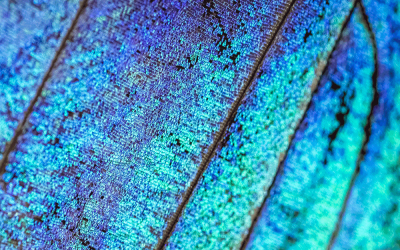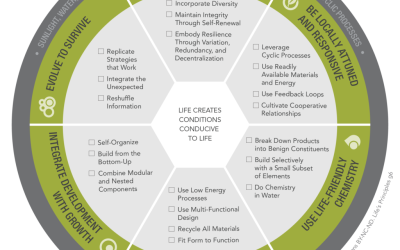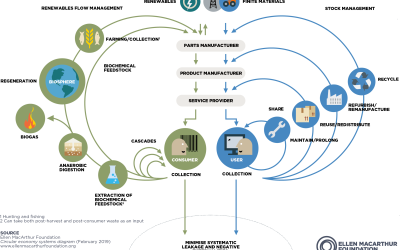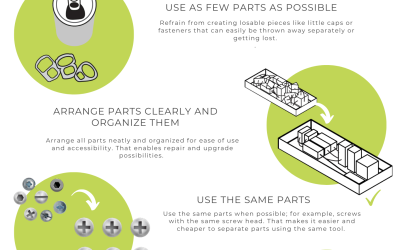Blog
sustainability, biomimicry, designWelcome to our blog!
This page is just in the beginning and will grow over time. Enjoy!
Structural Color
Did you know that the beautiful colors of their wings often arise not through pigments but through a phenomenon called structural color? A way nature creates color is with a nanostructure that reflects or scatters light so that waves of specific frequencies can constructively interfere. These nanostructured materials are said to have structural color.
European Sustainability Reporting Standards ESRS
The ESRS (European Sustainability Reporting Standard) is the newly released framework for pursuing transparency and accountability within the corporate sphere in Europe.
Unraveling Climate Neutrality
The term “climate neutrality” has become a buzzword in sustainability conversations. But what exactly does climate neutrality mean, and why is it so crucial in our actions against the climate crisis?
Let’s dive into the concept of climate neutrality and discover what it means and does not mean.
Life’s Principles: Unlocking Nature’s Design Secrets through Biomimicry
At the core of biomimicry lie the Life’s Principles, a set of universal design guidelines derived from the patterns and strategies found in nature. These principles serve as a framework for sustainable and regenerative solutions, offering insights into how organisms have adapted and flourished over time. By emulating these principles, we can create solutions that are efficient and resilient and in harmony with the natural world.
Double Materiality
The new stricter requirements for sustainability reporting resulting, among others, from the European Corporate Sustainability Reporting Directive (CSRD) demand to define and report about the most material topics of a business with a double materiality perspective. But what does this mean? Double materiality implies that not only the impact of the planet and society on a company is considered significant, but also the impact of the company on the planet and society.
ISO 26000 Guideline for social responsibility
ISO 26000 provides guidance on a wide range of social responsibility issues, including human rights, labor practices, the environment, fair operating practices, consumer issues, and community involvement and development. The standard encourages organizations to take a comprehensive and integrated approach to social responsibility, rather than addressing issues in isolation.
The butterfly diagram of the circular economy
You may already know the concept of a technical and biological cycle as a framework for the circular economy. For transitioning to a circular economy, the two main cycles are divided into smaller loops which show the processes that enable materials and products to stay in circulation or sagely biodegrade. We will have a closer look at how these cycles work with the help of the famous so-called butterfly diagram.
What is Cradle to Cradle?
When thinking about transitioning to a circular economy, a big question in your head might be, how can I implement these principles in practice? When discussing implementing circularity, people often refer to Cradle to Cradle. So what’s it all about?
10 tips for circular design
10 Tips for circular design. The goal of circular design is for products, components, or materials to stay in closed loops as long as possible so we can use them theoretically forever. These ten basic principles help to achieve this goal.
